Is It Time? How to Know When a Life-Plan Community is the Right Choice
Is It Time? How to Know When a Life-Plan Community is the Right Choice Decisions about where and how to live become more important as we, and our loved ones, age. Many families reach a point where they begin to wonder: Is it time to consider moving to a life-plan community?




